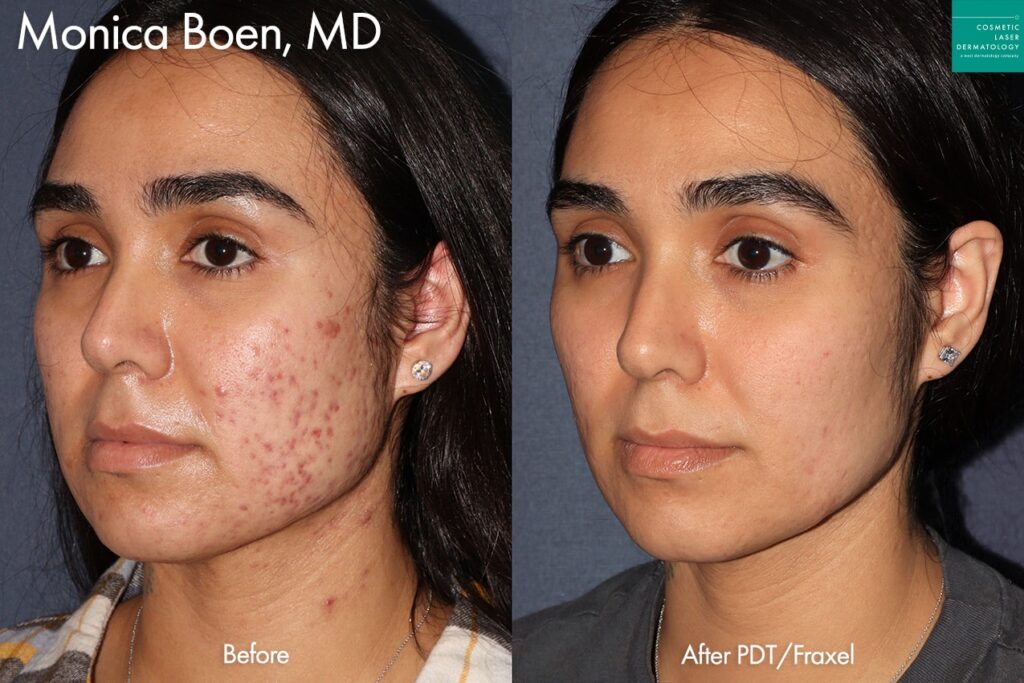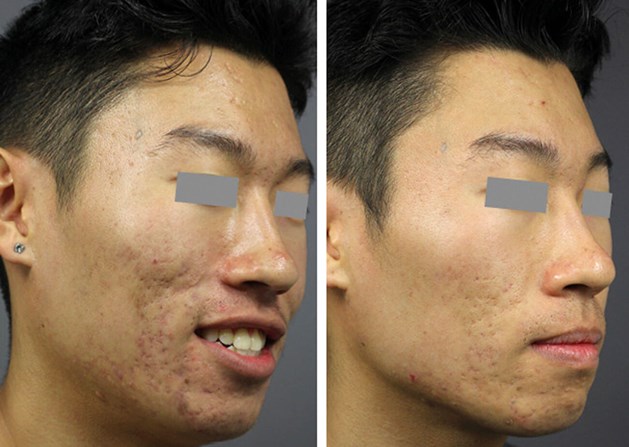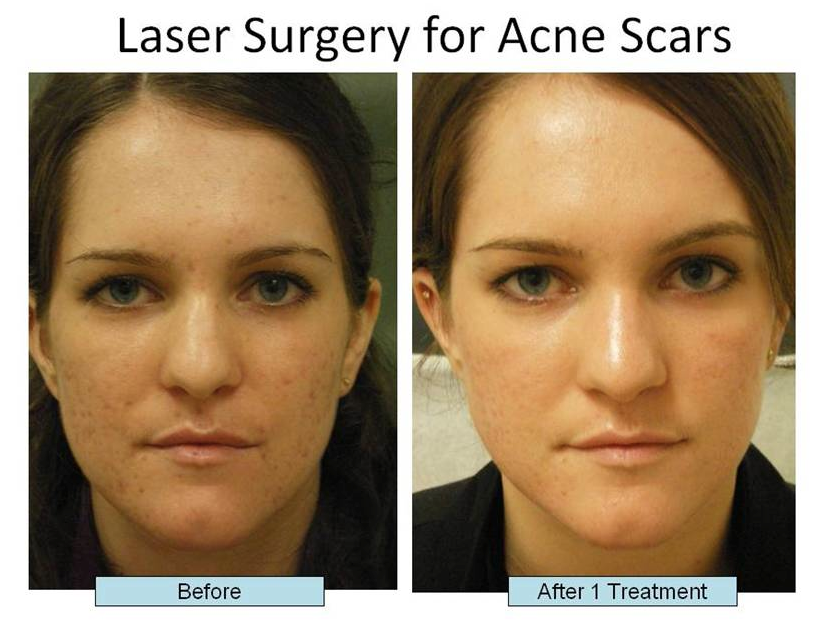Efficient Solutions for Acne Scars: Exactly How to Accomplish Clearer Skin
Efficient Solutions for Acne Scars: Exactly How to Accomplish Clearer Skin
Blog Article
Understanding the Various Skin Problem and Effective Treatment Alternatives for Acne Scars
Acne scars represent a complicated interplay of skin conditions that significantly effect individuals' self-confidence and general skin wellness. As we discover the landscape of acne mark administration, it comes to be evident that the journey toward more clear skin may involve more than simply topical solutions.
Kinds Of Acne Marks

In comparison, hypertrophic scars result from an overflow of collagen throughout the recovery process, resulting in raised areas on the skin. These marks are usually solid and can vary in shade, sometimes appearing red or darker than the surrounding skin.
Comprehending these sorts of acne scars is critical for creating an effective therapy plan - acne scars treatment. Choices might consist of chemical peels, laser therapy, microneedling, or dermal fillers, tailored to the details scar type. A thorough assessment with a skin doctor can help figure out one of the most suitable intervention, taking into consideration the person's skin kind, scar intensity, and total skin health and wellness
Causes of Acne Scarring
Scarring occurs as an outcome of the body's all-natural recovery reaction to swelling and injury brought on by acne sores. When acne types, it triggers an inflammatory response, leading to the release of numerous cytokines and growth elements that advertise recovery. Nonetheless, this process can often lead to excessive tissue development or insufficient fixing, leading to marks.
The key root causes of acne scarring consist of the severity of the acne itself, duration of the sores, and private skin types. Severe inflammatory acne, such as cysts and nodules, is much more likely to result in scarring due to much deeper tissue damages. Furthermore, incorrect handling of acne lesions, such as squeezing or picking, can intensify tissue injury and inflammation, increasing the likelihood of scarring.
Genetic proneness additionally plays a substantial function; people with a family background of scarring go to a higher threat. In addition, skin type and shade can influence scar development, as darker complexion may experience post-inflammatory hyperpigmentation, while lighter skin might establish atrophic scars.
Ultimately, understanding these reasons is necessary in handling acne and reducing the potential for scarring.

Therapy Options for Scarring
Efficient treatment choices for acne scarring vary relying on the type and severity of the marks. Usually classified into atrophic, hypertrophic, and keloid scars, these problems need customized approaches for optimal results.
For atrophic marks, which are identified by a loss of tissue, therapies such as chemical peels, microdermabrasion, and laser therapy are typically employed. These techniques advertise skin renewal and promote collagen manufacturing, thereby boosting skin structure. Subcision, a minimally intrusive treatment, can also be reliable by separating fibrous bands under the skin.
Keloid and hypertrophic scars can be a lot more testing to deal with. Alternatives consist of corticosteroid shots to decrease swelling and squash the marks. In some instances, cryotherapy or laser therapy may be suggested to lessen their look.
Surgical options are readily available for severe scarring, where excision or skin grafting might be essential. It's crucial for people to talk to a skin specialist to analyze their specific mark kind and review the most appropriate treatment strategy. Incorporating several treatments often produces the most effective outcomes, making certain that each patient's distinct skin disease is dealt with successfully.
Natural Remedy and All-natural Solutions
All-natural options and home treatments can provide an obtainable approach for people seeking to boost the appearance of acne marks (skin rejuvenation treatments). Different active ingredients located in the home cooking area have actually shown prospective benefits in improving skin appearance and promoting recovery

An additional effective alternative is lemon juice, which serves as an all-natural exfoliant and can lighten hyperpigmentation. It ought to be made use of meticulously, as it might cause photosensitivity. Oat meal masks are likewise advantageous; their gentle peeling can assist eliminate dead skin cells while relaxing inflammation.
Necessary oils, such as tea tree oil and lavender oil, can additionally support mark recovery because of their antimicrobial residential properties. It is critical to do a spot examination before using any type of solution to make certain there are no damaging reactions. These natural remedies can be a complementary approach in the trip to lessen acne marks.
Avoiding Future Scarring
Taking on a proactive method to skincare can substantially decrease the risk of developing future acne scars. Among the key methods is to take care of acne properly as it arises. This involves using non-comedogenic skincare products and medicines recommended by dermatologists that target acne without aggravating the skin. Routine cleaning, peeling, and hydration can assist preserve skin wellness and avoid clogged up pores.
Additionally, staying clear of the useful content temptation to press or select acne sores is critical, as this can cause swelling and subsequent scarring. Instead, people ought to concentrate on applying topical treatments that promote recovery and minimize inflammation. Components such as salicylic acid, benzoyl peroxide, and retinoids are known for their efficiency in managing acne and decreasing marks.
Sunlight security is an additional essential component; exposure to UV rays can darken marks and impede healing. Therefore, making use of a broad-spectrum sunscreen daily can mitigate these effects - acne scars treatment.
Last but not least, maintaining a healthy diet regimen rich in antioxidants and remaining hydrated assistances skin regeneration. By executing these preventive actions, people can considerably reduce their threat of future scarring and advertise general skin wellness.
Final Thought
In verdict, he said a thorough understanding of acne marks, including both atrophic and hypertrophic kinds, is important for reliable treatment approaches. Appointment with a dermatologist continues to be essential to create tailored methods that take into consideration specific skin kinds and scar seriousness, eventually boosting the efficacy of mark management techniques.
Acne scars stand for a complicated interplay of skin conditions that considerably impact people' self-esteem and overall skin health. The two main classifications of acne scars are atrophic and hypertrophic scars. These scars are more identified right into 3 subtypes: ice choice marks, which are deep and narrow; boxcar scars, which are wider and have well-defined sides; and rolling scars, which produce web link a wave-like appearance due to irregular skin appearance.
A comprehensive consultation with a dermatologist can aid figure out the most proper treatment, taking right into account the individual's skin type, scar seriousness, and general skin wellness.
Assessment with a skin specialist stays critical to design personalized techniques that think about individual skin types and mark extent, eventually enhancing the efficacy of mark administration strategies.
Report this page